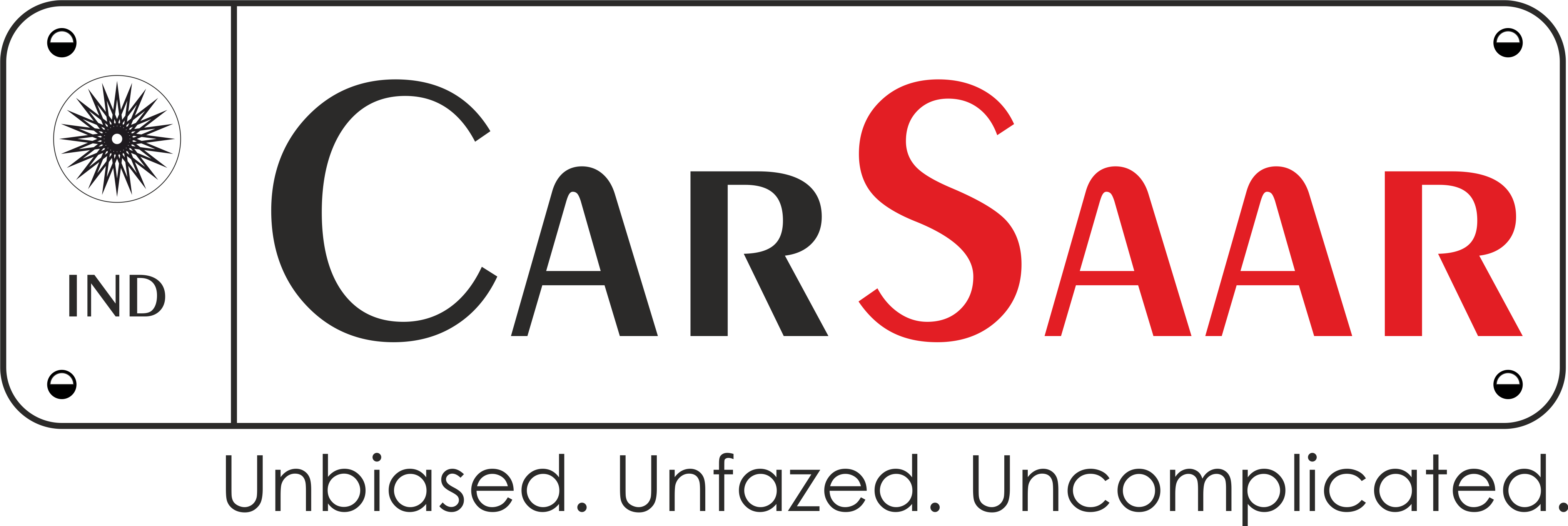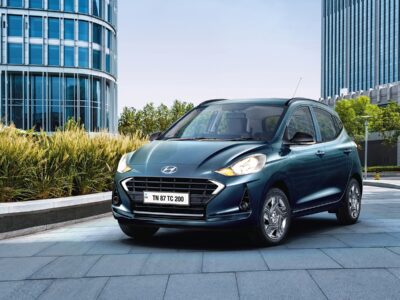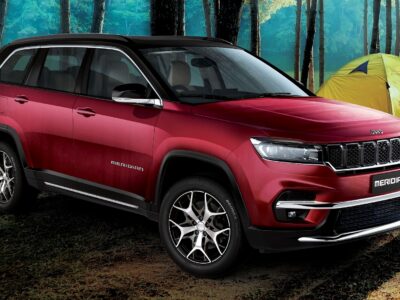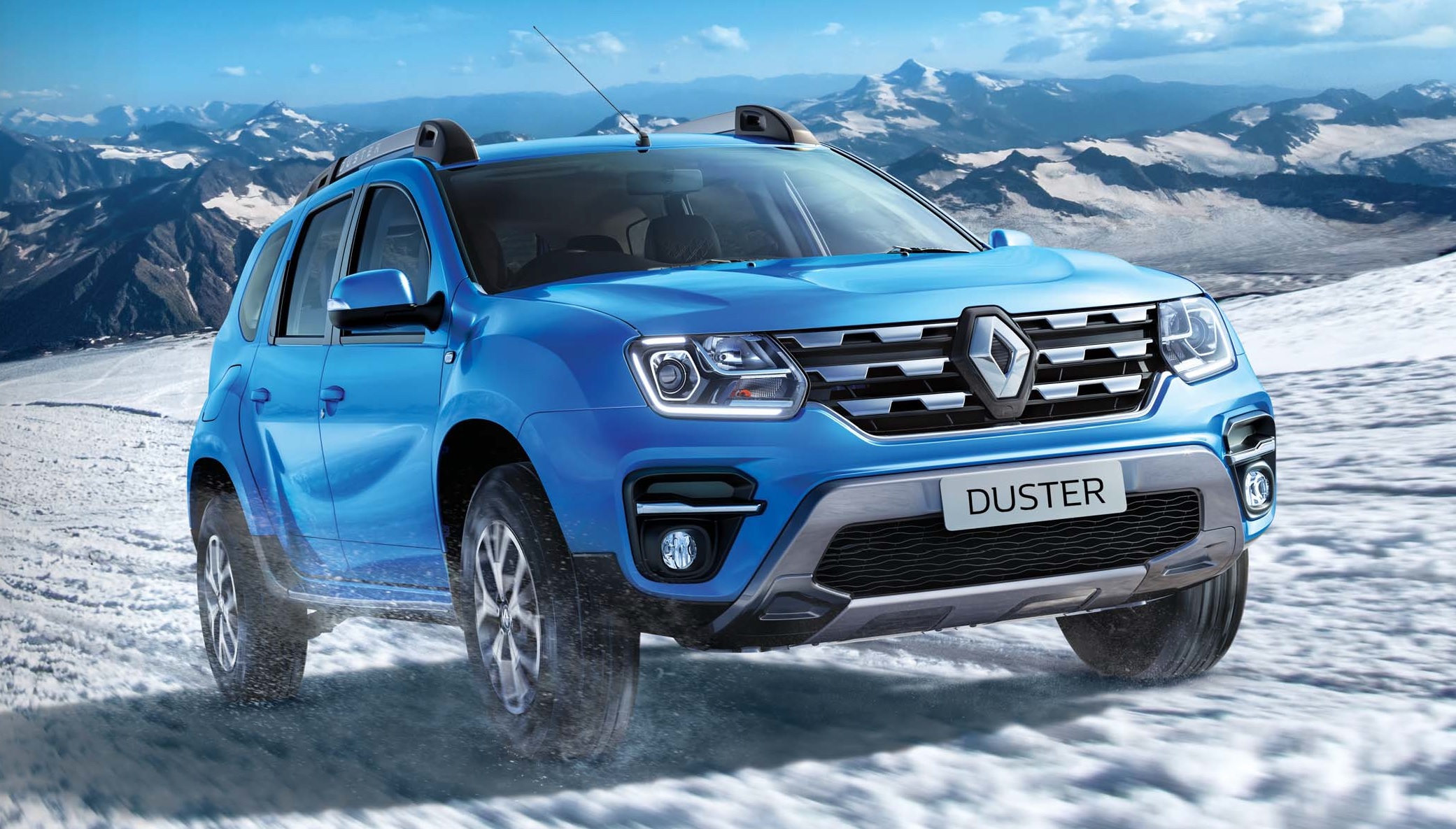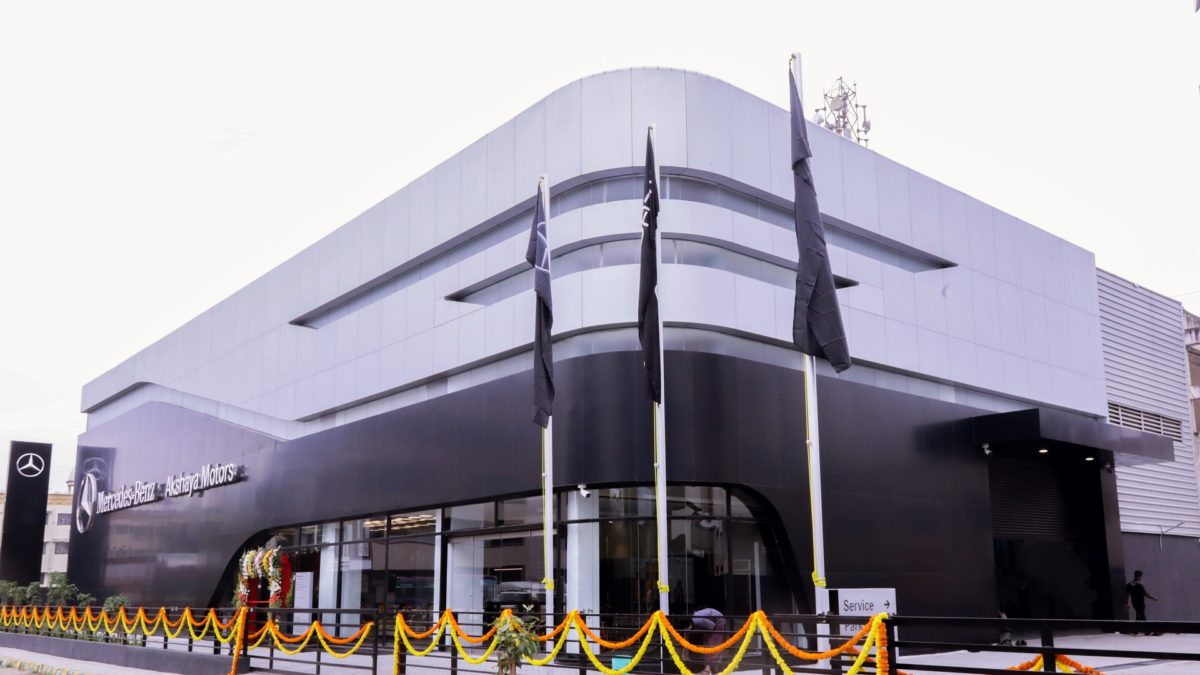Last week, Hyundai Motor India confirmed what its next new product is, and that it is undergoing endurance testing across varied climatic conditions and altitudes. Now, the company has revealed the list of powertrain options for the Aura sedan. A total of five engine-transmission combinations will be on offer, covering two petrol and one diesel engine. The highlight is that no matter which powertrain you opt for, it will come with a BS6 (Bharat Stage 6) badge.
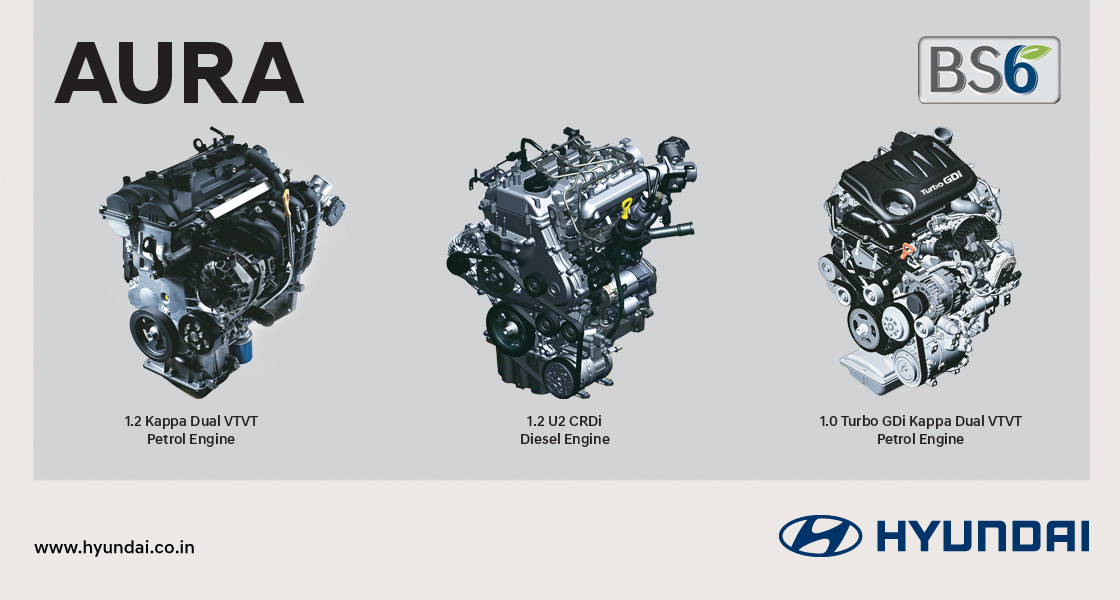
The first of the two petrol engines would be the 1.2-litre, 4-cylinder unit that also does duty in the Hyundai Grand i10 Nios. In the hatchback, it produces 82bhp/114Nm, and those figures are expected to be the same in the Aura. Like with the Nios, Hyundai will offer this engine with a 5-speed manual and AMT options. As you would expect, the Aura will not be as frugal as the Nios because of its extra weight.
The second petrol engine comes from Hyundai’s Venue product. The 1.0-litre, 3-cylinder turbocharged mill produces 118bhp/172Nm in the subcompact SUV. In the Aura, however, Hyundai is likely to offer a detuned version of that engine. Why? Because the only transmission option will be a 5-speed manual unit. The same mill is available with both a 6-speed manual and a 7-speed DCT in the Venue.
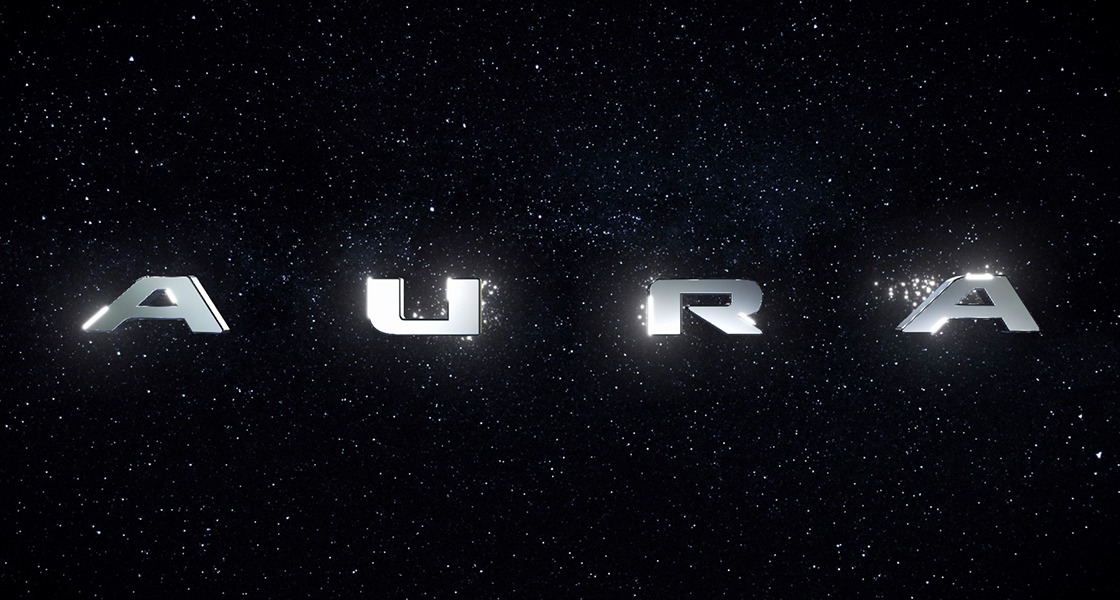
The single diesel engine and its transmission options would be the same that powers the Grand i10 Nios. The 1.2-litre, 3-cylinder motor churns out 74bhp/190Nm and comes mated to either a 5-speed manual or an AMT. Without a doubt, the diesel-fed powertrain options will be the most frugal in Aura’s portfolio. However, they won’t be as fuel-efficient as they are in the Nios for two reasons – Aura’s extra weight; and because of its BS6 nature.
Hyundai still hasn’t confirmed Aura’s launch date. In all probability, it will be in 2019. Taking a slot between the Xcent and the Verna, the Aura will take Hyundai’s side in the sub-4 metre sedan segment to take on the Maruti Suzuki Dzire, Ford Aspire, Volkswagen Ameo, Tata Tigor and the Honda Amaze.

